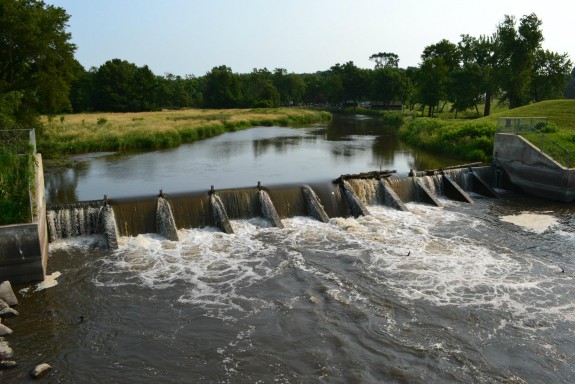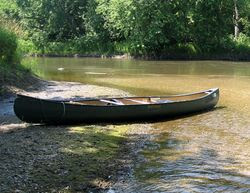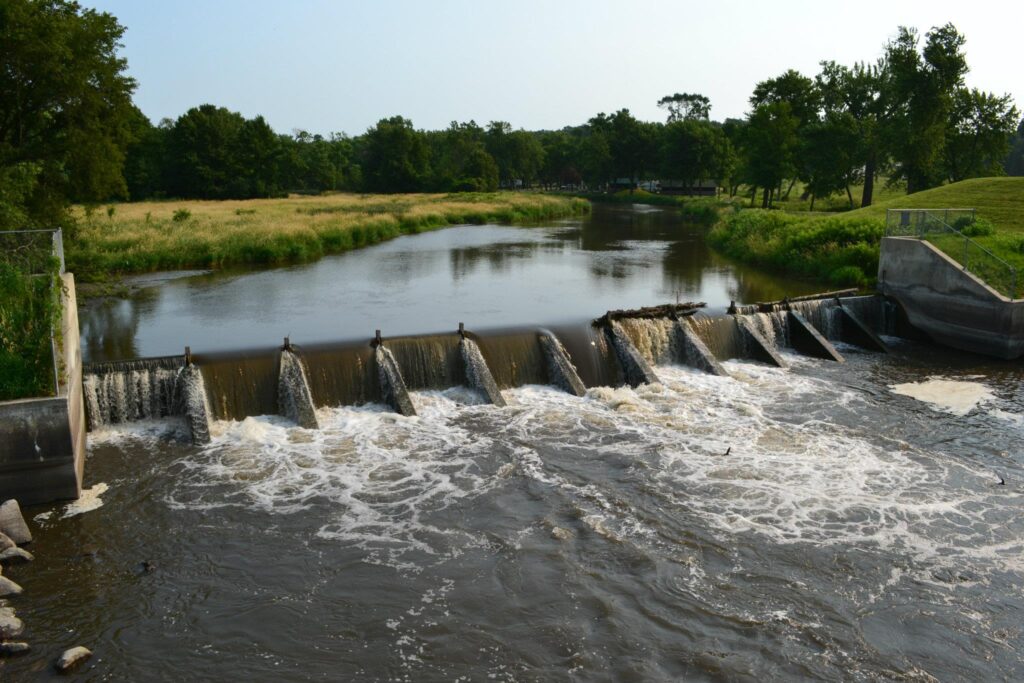
CURE members and constituents are encouraged to provide input and feedback regarding any and all concerns that they have with the Chippewa River Watershed. This is an opportunity for a public voice to be heard.
The Chippewa River Watershed stands out as a prime example of surface water pollution issues in greater Minnesota, and how best to address them.
The Chippewa River Watershed drains a 2,080 square-mile area entering into the Minnesota River near Montevideo. It includes portions of Otter Tail, Grant, Douglas, Stevens, Pope, Swift, Kandiyohi and Chippewa counties, and a very small portion of Stearns.
All the water quality details are found in the Chippewa River Watershed Restoration and Protection Strategy (WRAPS) report, which is available for public comment through Sept. 7. Another report, the Total Maximum Daily Load for this watershed, details specific water quality impairments and is also open for public comment.
According to the reports, lakes and streams in the Chippewa River Watershed are polluted with excess nutrients (nitrogen and phosphorus), algae and sediment, and have low levels of dissolved oxygen, and altered habitat conditions. In some areas, the pollution is severe enough to harm aquatic insects and fish. Of 64 lakes assessed for aquatic recreation, 30 fully support that use and 34 are impaired.
The watershed landscape is dominated by cultivated crops with small portions of perennially vegetated landscapes and developed areas. Because of the natural topography and soil characteristics in many parts of the southern area, large portions have been altered by artificial drainage for settlement and farming.

To meet the water quality improvement goals in the watershed, the WRAPS report states that citizens and landowners must work to fully implement the buffer rule, convert marginal cropland to perennial cover, expand application of cover crops, and improve management of nitrogen fertilizer.
Unique among the state’s 80 watersheds, the Chippewa River Watershed’s “10 percent project” engages farmers, landowners, scientists and conservationists to create more continuous living cover. This project helps to protect and restore waters for fishing, hunting, swimming and recreation, provide good wildlife habitat, and provide profitability for farmers.
Comments on the WRAPS and the TMDL reports should be submitted in writing to Paul Wymar, MPCA, 504 Fairgrounds Rd, Ste 200, Marshall, MN 56258, or by email to [email protected]. Written comments must be received by 4:30 pm on Sept. 7.
Comments must include a statement of action you wish the MPCA to take, including specific references to sections of the report that you believe should be changed, and specific reasons supporting your position.


